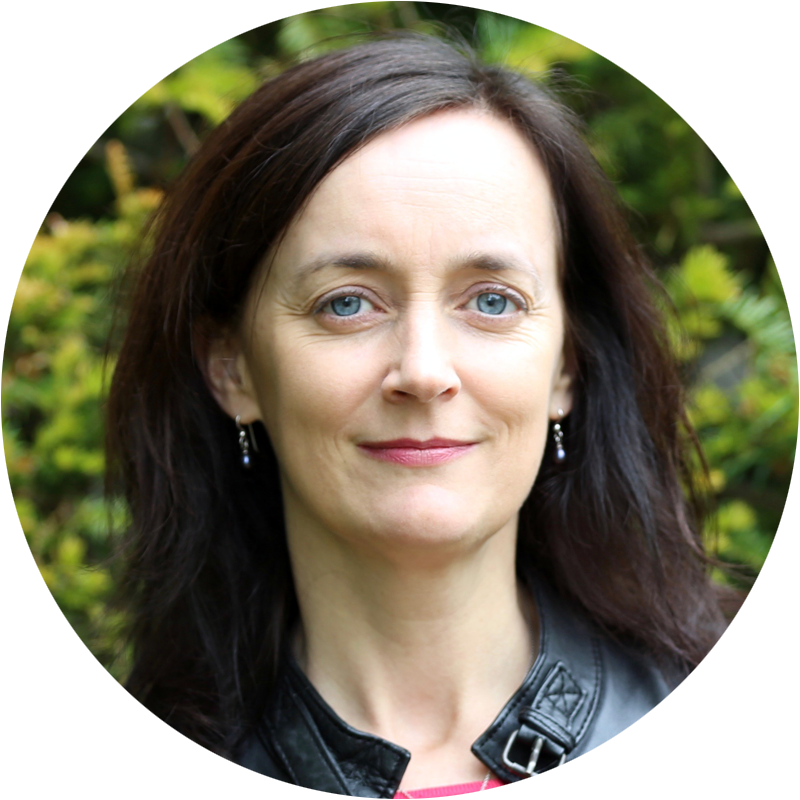Daillon tragedy brings gun control into focus

As the Swiss people try to make sense of the shooting rampage in the small alpine village of Daillon, which costs the lives of three women, the press coverage has focused on the issue of gun control and whether the attack was preventable.
The gunman, a 33-year-old native of the French-speaking village in canton Valais, started shooting from his house on Wednesday evening and later out in the street. By the time he was shot and wounded by police, three of the man’s neighbours were dead and two lay injured.
The Tribune de Genève newspaper expresses disbelief that such a thing could happen “not in the United states” but “a few kilometres from here, our dead, fallen under the bullets of our gunman”.
The editorial adds that the controls seemed to have worked in this case, given that the killer’s legally-held guns were confiscated and destroyed in 2005 when he was admitted to a psychiatric institution.
“The sad fact remains that Switzerland is one of the leading countries in terms of firearms in circulation. Because the hunting and shooting tradition remains active and because the citizens want it that way, rejecting an initiative for tighter gun control three years ago.”
“Trade in firearms is very free here and there are many guns, too many no doubt and especially too easy to access,” the writer concludes.
The Tages Anzeiger newspaper goes straight to this point in its front page headline “Now comes the central firearms register”.
It is not yet clear how the gunman got hold of his weapons, the Tages Anzeiger reminds us, but some parliamentarians are pressing ahead with their project to tighten gun control law. “In the future the cantons should link up their electronic weapons registers to each other.”
Improved access to information on weapon ownership will be useful to police but as yet there are no concrete proposals to reduce the number of guns available and changing hands in the country.
Gun tradition
Le Temps newspaper goes into the sourcing of guns in general, pointing out that there are an estimated two million in Swiss households, 900,000 of which are old army weapons and 260,000 current models.
The law distinguishes between three categories of firearms. The first category includes sports and hunting rifles. Purchasers of these guns are obliged to send a simple notification form to the cantonal firearms office. Those wishing to buy semi-automatic and assault weapons, the second category, require a permit. There is a final category of forbidden firearms such as fully automatic weapons and laser guns.
But, Le Temps quotes ex-inspector Yvan Perrin: “Once they are in private hands, there is no monitoring whatsoever. Arms markets or sales by small ads or online make it possible for anyone to buy a handgun or rifle of their choice practically uncontrolled, despite the legal obligations.”
“Even if many weapons will escape registration, the police should know who owns what,” Perrin, a parliamentarian for the rightwing Swiss People’s Party adds.
Outsider
There is widespread coverage of eyewitness accounts of the shooting and background information on the gunman, including details of the drinks he ordered at the local café on the evening of the shooting.
The tabloid Blick runs an interview with the man’s stepmother who blames the authorities for failing him.
At Thursday’s police press conference, the cantonal prosecutor said that the gunman was a ward of court who lived on disability benefit and was hospitalised for psychiatric treatment in 2005 following intervention from his family and police. His legally-held guns were seized and destroyed at that time.
The story also made waves in international online media on Thursday, emerging as it did on the same day that children who survived the horrific gun attack at Sandy Hook school in Newtown, Connecticut returned to their desks.
But a day later the story was relegated to the inside pages of print editions. In Switzerland the name Daillon will long be remembered as a symbol of senseless tragedy.

In compliance with the JTI standards
More: SWI swissinfo.ch certified by the Journalism Trust Initiative











You can find an overview of ongoing debates with our journalists here . Please join us!
If you want to start a conversation about a topic raised in this article or want to report factual errors, email us at english@swissinfo.ch.